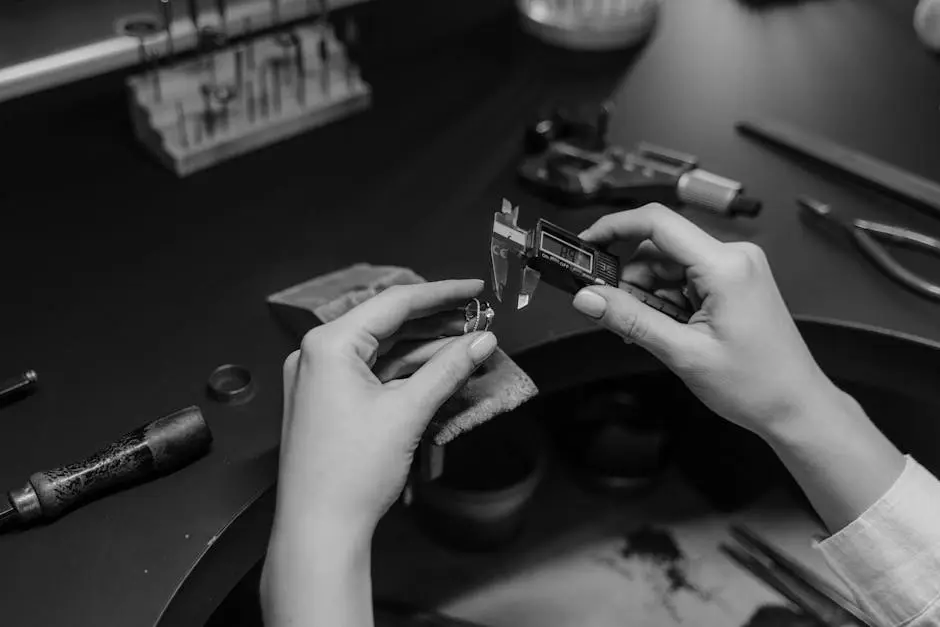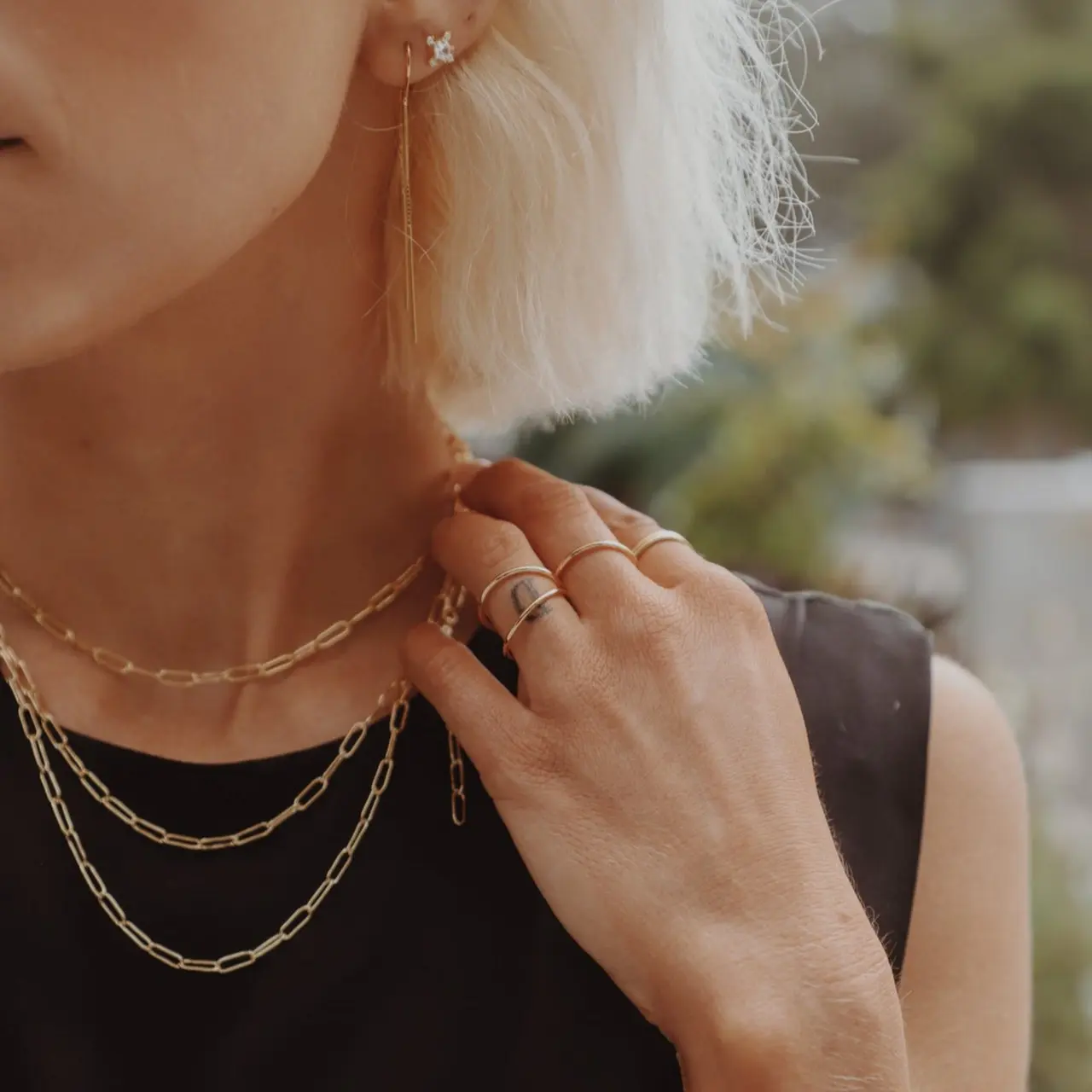Choosing the right ring size can feel like a daunting task. Whether it’s for engagement, a gift, or just a treat for yourself, ensuring it’s a comfortable fit is essential. In this guide, we’ll simplify the process and ensure you find the perfect fit effortlessly.
Understanding Ring Sizes
Before you set out on your ring journey, it’s important to understand how ring sizes work. Ring sizes are generally measured in millimeters, and each size corresponds to a specific finger circumference. But did you know sizes can vary between countries? In the U.S., the scale typically starts from size 3—measuring approximately 44 mm in circumference—to size 13, which is about 70 mm. In contrast, the UK uses an alphabetical system from A to Z. It’s essential to know which system your jeweler is using to avoid confusion, especially if you’re ordering internationally.

An interesting fact for those new to the world of rings: the difference between sizes is slight. Usually, there’s only about a 0.4 mm difference in the inside diameter. Why so precise? This is because even a minor deviation can make a significant difference in comfort and wearability. For an informed purchase, always ask about the sizing system used and whether the jewel in consideration can be resized in the future, providing flexibility as your needs change. Understanding these nuances gives you the power to make decisions with confidence.
The Importance of Comfort
Comfort should always be a priority when selecting a ring. A perfect fit ensures that the ring feels natural, allowing for everyday wear without any discomfort. Our fingers expand and contract due to various factors like temperature and physical activity. Thus, a ring should snugly fit but not be tight or difficult to remove. When a ring is too loose, there’s a risk of it slipping off unnoticed. Conversely, a ring that’s too tight can cause circulation problems and leave unsightly marks on your finger. Therefore, finding that ‘just right’ feel is crucial for both aesthetics and comfort.
Imagine wearing a ring that digs into your skin or one you worry might fall off every time you wash your hands—it’s far from the experience you want. Ideally, you’ll forget you’re even wearing a ring. This balance can be achieved by considering the impact of band width, as thicker bands often require a slightly larger size for comfort. On the other hand, thinner bands might fit more snugly. Understanding the dynamics between the ring’s design and your personal comfort level ensures you choose something perfect for you.
Simple Ways to Measure at Home
There are several easy methods to measure your ring size at home using items like string or a strip of paper. These can give you a fairly accurate measurement to start with. To do this, wrap the string or paper around the base of your finger—where the ring will sit. Mark the point where the ends meet, then measure this length against a ruler to find the circumference. Be sure to measure more than once to confirm the accuracy.

Online tools and guides can be exceptionally helpful for a more precise measurement. Some websites offer printable ring size charts that allow you to match an existing ring to find the right size. Technology has advanced even further, with smartphone apps available that can provide measurements using your phone’s screen or camera. This makes the process convenient and accessible, saving you a trip to the jeweler.
Common Mistakes to Avoid
Avoiding common pitfalls, such as measuring your fingers when they are too warm or cold, will provide you with a more accurate size. Temperature variations cause fingers to change size slightly, so it’s best to measure when your body temperature is relatively stable. For many people, this means mid-day or mid-evening, rather than first thing in the morning or right after you’ve been out in the cold.
Another common error is overlooking the dominant hand’s difference in size. Typically, fingers on your dominant hand are slightly larger, so if you’re right-handed, measure the corresponding finger on that hand. Lastly, if you’re considering a broader band, ensure the fit accounts for additional width. This knowledge helps in avoiding uncomfortable surprises later on.
Consider Professional Ring Sizing
When in doubt, visiting a professional jeweler can ensure that you receive an accurate measurement using specialized tools for precision. Jewelers possess a variety of ring sizers, from mandrels to specific gauges, that can give you an exact reading, eliminating any guesswork from the process.

Professional services often provide insights and advice that go beyond measurement alone. They’ll advise you on the best options for resizing and discuss the potential impacts of different ring styles on the fit. This is particularly useful if you are planning to wear the ring in conjunction with other jewelry. Moreover, many jewelers offer complimentary resizing services when you purchase from them, ensuring a perfect fit without additional costs down the line.
Pendant Necklaces: Timeless Styles for Every Occasion
Why Handcrafted Jewelry Makes the Ultimate Father’s Day Gift
Mixing Metals: A Modern Guide to Styling Gold & Silver




















